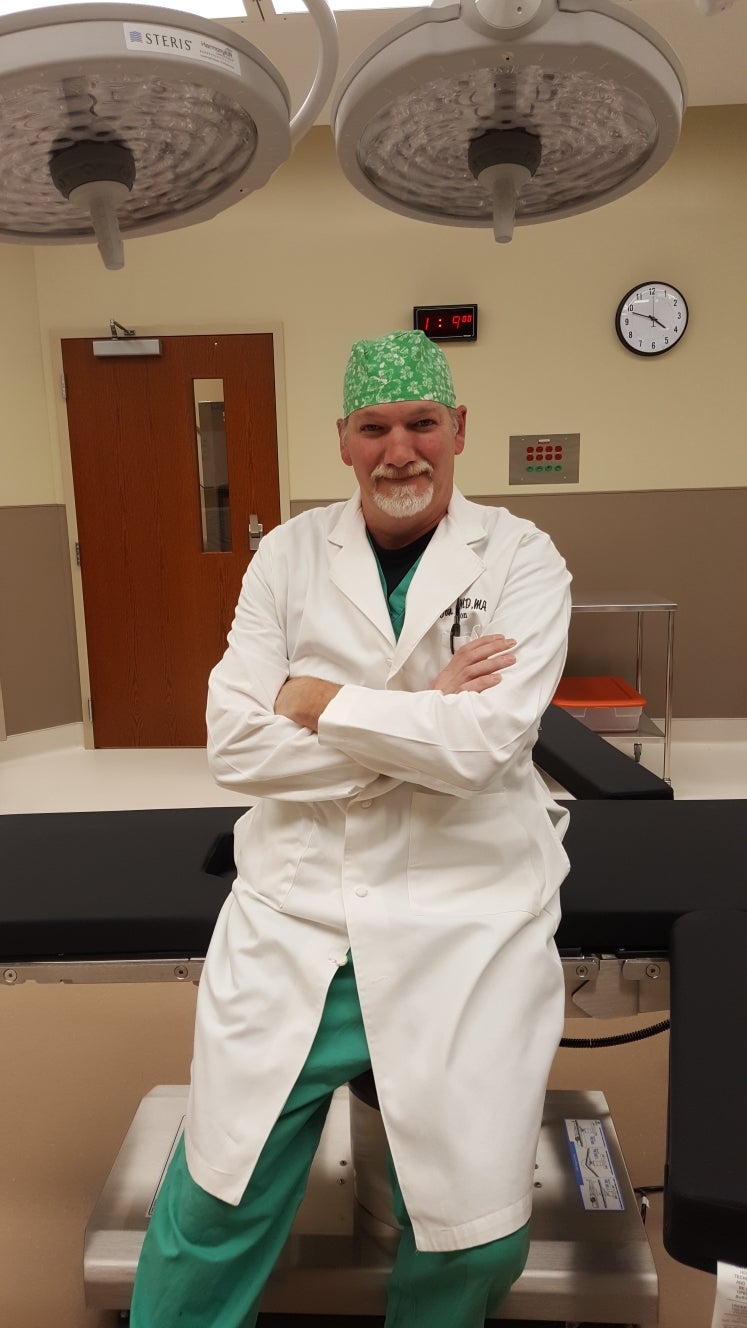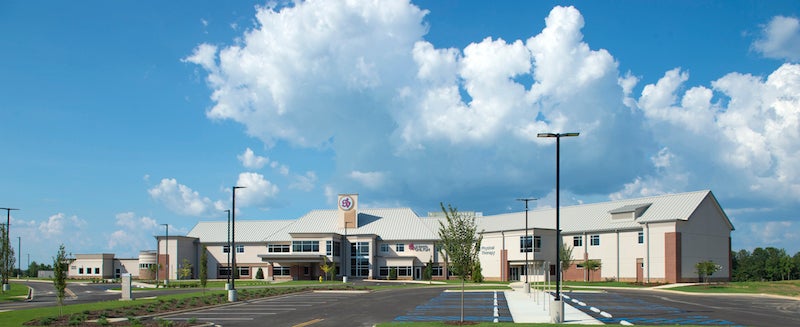St. Vincent’s bringing attention to PAD awareness
Published 9:57 am Friday, September 16, 2022
|
Getting your Trinity Audio player ready...
|
By Carey Reeder | Staff Writer
The month of September is Peripheral Artery Disease Awareness Month and Ascension St. Vincent’s Chilton Hospital is bringing awareness to the disease through its wound care center.
Peripheral Artery Disease, or PAD, is a disease of the blood vessels in the extremities usually in the legs. It is similar to coronary artery disease, and is developed the same way in people. Circulation is crucial to wound healing, and those with PAD are at a higher risk of non-healing wounds and ulcers.
“Your toes and feet are the farthest thing away from your heart,” Dr. Jon Binkerd, a surgery specialist in Clanton, said. “When you have problems with blood vessels between your heart and your feet, you will have decrease blood flow to your feet and that is how you develop wounds.”
Signs of PAD can be sores on the toes and legs that will not heal. People with diabetes for a prolonged time develop injuries to the blood vessels from the diabetes, which leads to PAD more times than not. Binkerd said that 10% of Americans have PAD, and over half do not have symptoms.
Other causes of PAD are smoking, bad cholesterol and lack of exercise.
“If you smoke, quit,” Binkerd said. “That is probably the greatest contributors to coronary artery disease and PAD. Smoking is one of the things that causes blood vessels to clamp down.”
Binkerd said he sees a lot of patients come into the wound center at St. Vincent’s Chilton with PAD. Any patient who comes into the wound center at St. Vincent’s Chilton takes the Ankle-Brachial Index test which compares the blood pressure in the arms to the legs. If there is a big difference, then the patient has PAD.
It is important to address PAD as early as possible to reverse the effects. There are stages of PAD, with the first being asymptomatic people who do not know they have the disease.
From there, the disease worsens as symptoms begin to show.
“As it gets more advanced, you start to develop symptoms like claudication,” Binkerd said. “When you walk or do activity, you have severe pain in the back of the leg in the calf. Many complain about it while lying in bed at night.”
From there, chronic vascular insufficiency is developed if it is not treated. Sores develop on one’s legs, and they will not heal due to the lack of blood flow to the legs.
The final stage of PAD is acute ischemia, or a heart attack of the leg, where a blood clot goes into an artery in the leg, and there is no blood flow going into the leg. This can lead to tissue dying near the wounds, and loss of toes, feet and legs is highly possibly. Patients can become septic as well and lose their life.
“That is an emergency situation. These are very serious consequences that could happen, and it starts with a toe,” Binkerd said. “It can end up being something that it is life or limb, and that is never a question someone wants to ask themselves.”
Controlling your cholesterol, exercising for 30 minutes three times per week and monitoring one’s diabetes are good things to help avoid PAD advancing in the body. Exercise is especially important because exercise will grow new blood vessels, and blood flow improves as you exercise.
If one does have PAD, there are ways to combat it. Behavioral modification and medication are some ways one can reduce the effect of PAD. Stints, like ones used in heart surgeries, can be used in the legs as well, and are very effective in treating PAD, according to Binkerd.
Family history is relevant when it comes to PAD, and anyone who has a history of blood flow problems in their family should be aware of the disease.
“It starts with their primary care and maintenance, and it is easier to take care of problems before they become problems that require them to come to the wound center,” Binkerd said. “If they need us, we are there and ready to serve them. If they have any questions or concerns, they are welcome to contact us.”
The Ascension St. Vincent’s Chilton Wound Center is located at 2030 Lay Dam Road, Clanton and can be reached at 205-258-4550.








